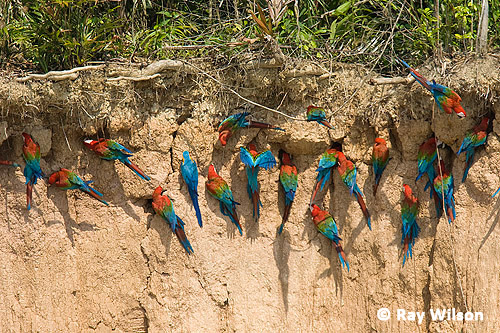
- Home
- Workshops / Tours
- Diary / Blog
- Galleries
- Foreign Trips
- Tasmania 2016
- NE Queensland 2016
- Western Alps 2016
- NE Spain 2016
- Australia's Wet Tropics 2015
- Australia's Top End 2015
- SW Australia 2015
- Switzerland 2015
- Andalucia 2015
- Belize 2015
- Australia 2014
- Switzerland 2014
- Belize 2014
- Bahama Islands 2014
- Switzerland 2013
- Ecuador 2012-2013
- Florida 2011-2012
- Vancouver Island 2011
- Australia 2010
- Peru 2008
- Bulgaria 2007
- Lesvos 2006
- California 2006
- New Zealand 2005
- Extremadura 2005
- Goa, India 2004
- The Gambia 2003
Southern Peru
25th November-14th December 2008
Tambopata: Clay-lick Camping Trip
While at Tambopata, we took a 2 day/1night camping trip 4 hours upriver to the Colpa de Guacamayos.
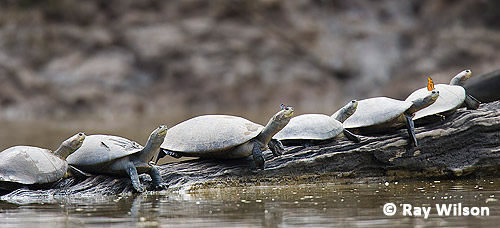
Yellow-spotted River Turtle (Podocnemis unifilis)
Although it is classed as camping, it is not exactly what I would call "roughing it"! we had a separate dining room tent with chairs and tables...
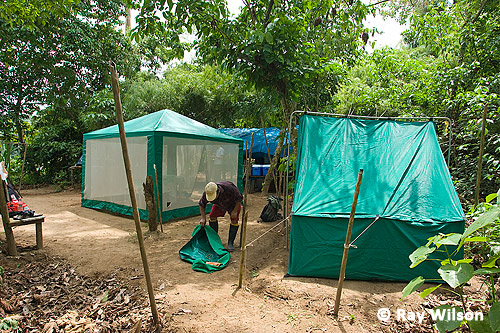
...and the freshly dug pit toilet even had a seat!

The most luxurious pit toilet I've ever seen!
After the camp was set up, we went for a walk in the forest...
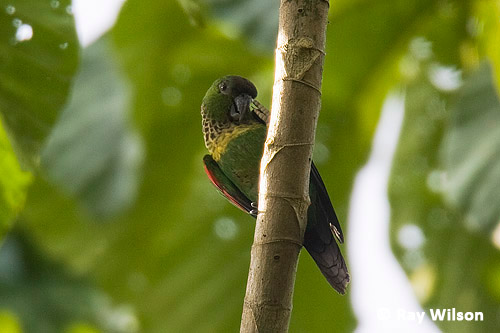
Black-capped Parakeet (Pyrrhura rupicola)
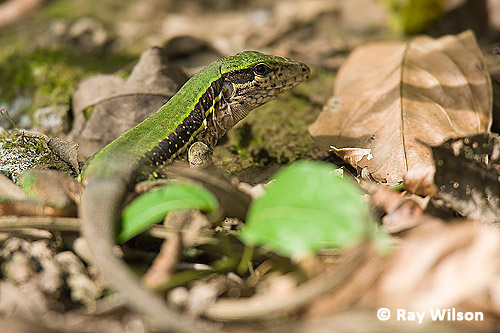
Unidentified lizard - possibly a Cocha Whiptail (Kentropyx altamazonica)
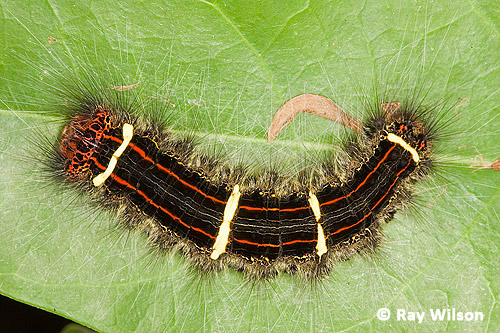
Unidentified caterpillar (Lepidoptera)
After about an hour, we emerged onto the bank of an oxbow lake where a few birds typical of the river banks were easily photographable...
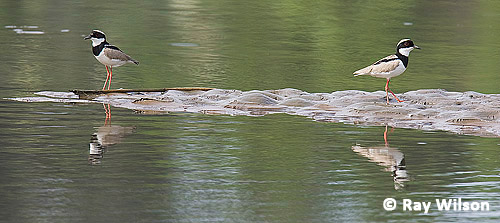
Pied Lapwing (Hoploxypterus cayanus)
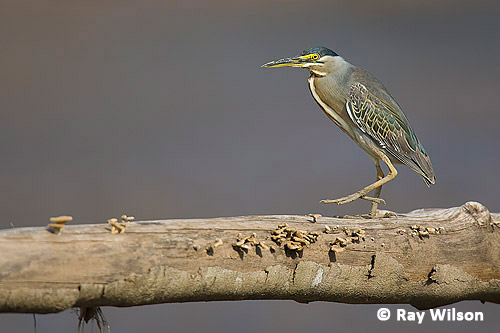
Striated Heron (Butorides striata)
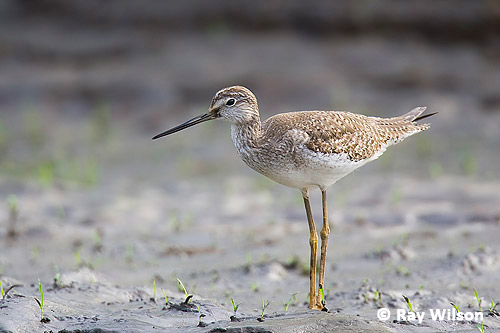
Greater Yellowlegs (Tringa melanoleuca)
This Grey-necked Wood-rail was bathing on the opposite bank of the river about 75m away, a bit too distant for a decent photo.
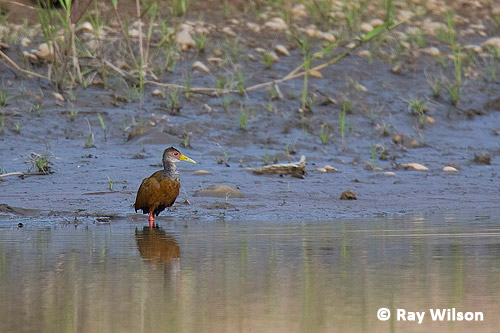
Gray-necked Wood-rail (Aramides cajanea)
In the middle of the lake, a Spectacled Caiman occasionally came to the surface...
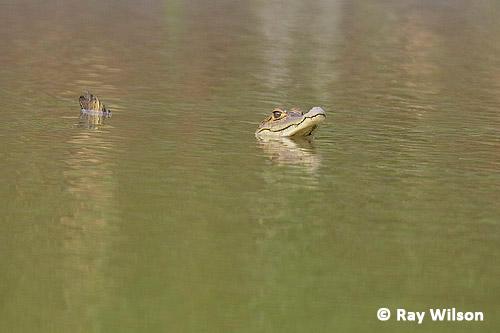
Spectacled Caiman (Caiman crocodilus)
Vultures were fairly common, with the Turkey Vultures being slightly more common than the larger Greater Yellow-headed Vulture....
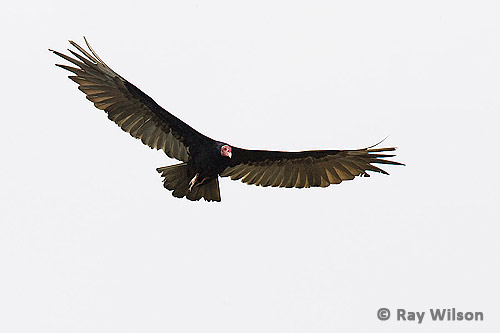
Turkey Vulture (Cathartes aura)
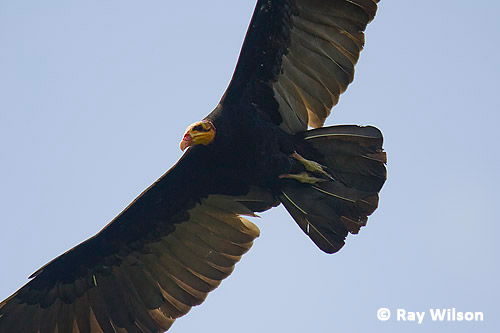
Greater Yellow-headed Vulture (Cathartes melambrotus)
At sunrise the following morning, we got in the canoe for the short trip upriver to the Macaw salt-lick. This is an exposed, red soil riverbank about 200m in length on which hundreds of parrots and macaws congregate daily to eat the soil. Why they do this is still a mystery, and there are several theories that have been proposed to account for this behaviour. The most accepted theory is that the parrots eat the soil for dietary reasons, either to obtain minerals that are not present in their normal diet or to neutralise toxins from some of the unripe fruits they eat.
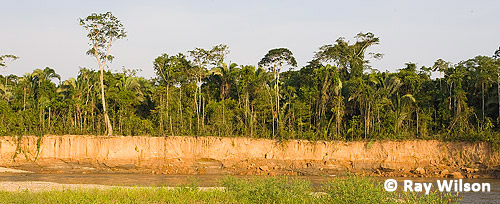
Salt-lick river bank
The usual pattern is the smaller Macaws and parrots come down first and are then later joined by the large Macaws, once they have decided it is safe enough.
It started out well, with reasonable numbers of Chestnut-fronted Macaws and Mealy Parrots...
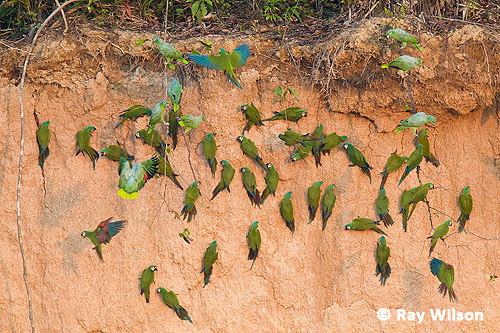
Chestnut-fronted Macaws (Ara severus) & Mealy Parrots (Amazona farinosa)
...but then an Orange-breasted Falcon flew over...
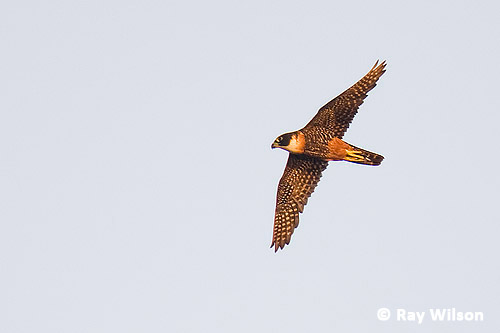
Orange-breasted Falcon (Falco deiroleucus)
...and pandemonium ensued!
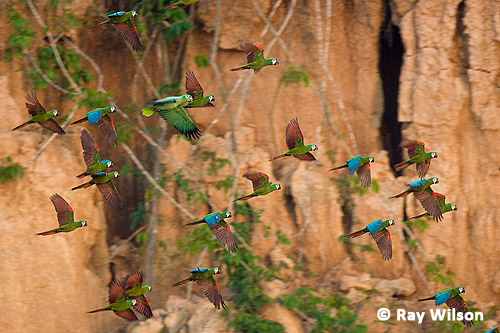
Chestnut-fronted Macaws (Ara severus) & Mealy Parrot (Amazona farinosa)
All the parrots took flight...
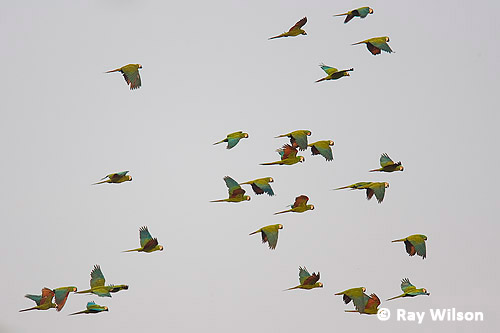
Chestnut-fronted Macaws (Ara severus)
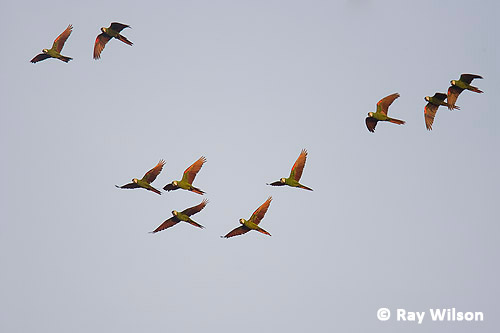
Chestnut-fronted Macaws (Ara severus)
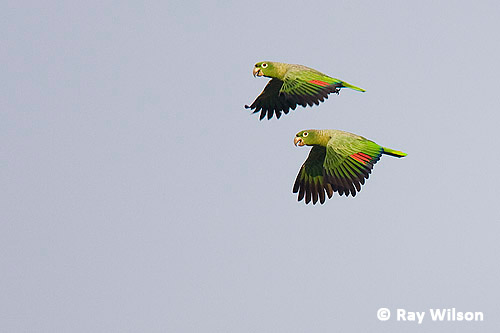
Mealy Parrots (Amazona farinosa)
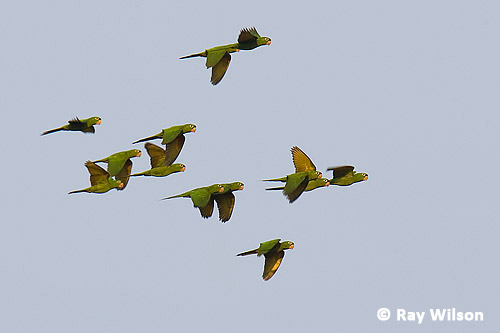
White-eyed Parakeets (Aratinga leucophthalma)
...including the large Macaws, such as these Red-and-Greens, which had been sitting in the trees above the riverbank.
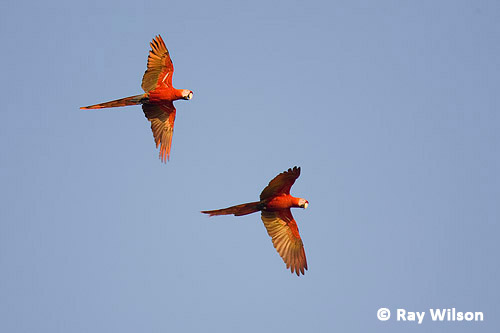
Red-and-green Macaws (Ara chloropterus)
It was over 2 hours before they returned again, but this time the large Macaws were the first to settle.
Red-and-green Macaws (Ara chloropterus)
There are 3 species of large Macaw at Tambopata: Red-and-Green (the most numerous species); Scarlet (distinguished from Red-and-Green by the yellow band across their wings); and the Blue-and-Yellow. All 3 are present in the photos below...
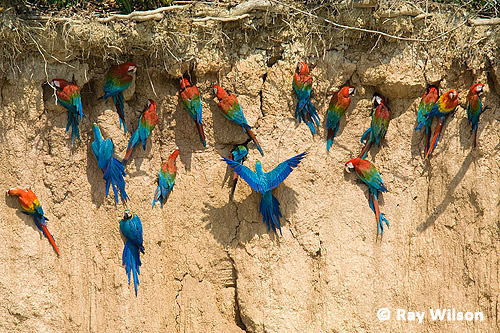
Red-and-green Macaws (Ara chloropterus), Scarlet Macaws (Ara macao)
& Blue-and-Yellow Macaws (Ara ararauna)
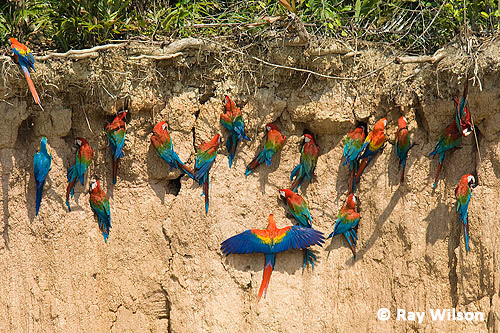
Red-and-green Macaws (Ara chloropterus), Scarlet Macaws (Ara macao)
& Blue-and-Yellow Macaws (Ara ararauna)
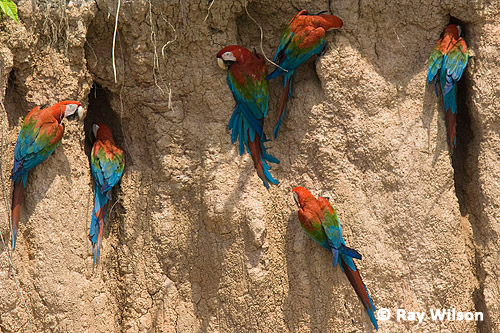
Red-and-green Macaws (Ara chloropterus)
Ray Wilson owns the copyright of all images on this site.
They may not be used or copied in any form without prior written permission.
raywilsonphotography@googlemail.com
